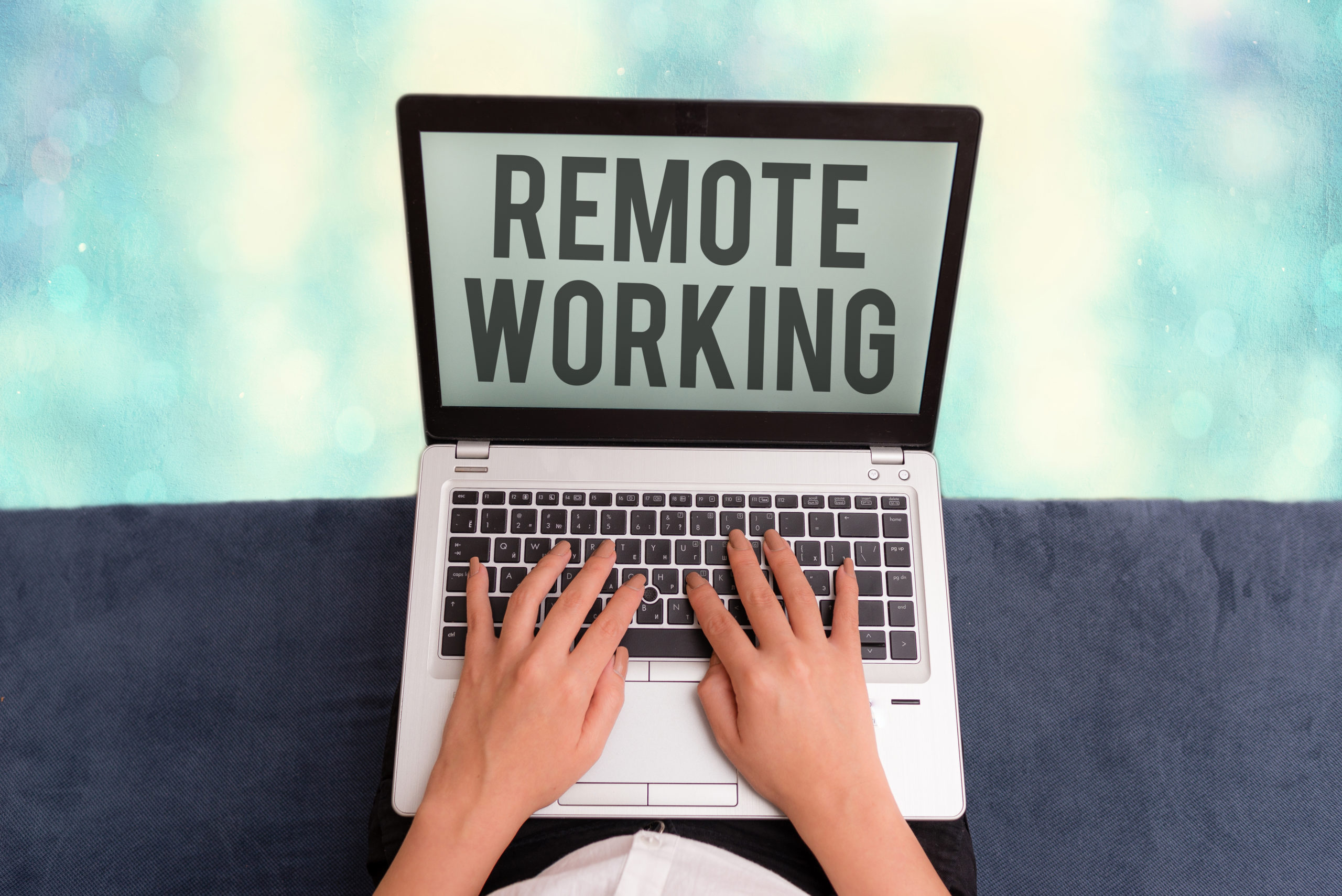
Under federal law, employers are required to complete a Form I-9 for every employee as part of the verification of the employee’s authorization to work in the United States. Historically, this meant employers were required to verify an employee’s eligibility by physically inspecting the employee’s authorization documents, while the employee was physically present, to complete a Form I-9. That changed during the COVID-19 pandemic, when the federal government announced it would temporarily allow employers, in certain circumstances, to inspect remotely an employee’s authorization documents, to verify the employee’s authorization to work in the United States. That policy expired on July 31, 2023. The Department of Homeland Security published a final rule on July 25, 2023, however, which authorized the Secretary of Homeland Security to introduce certain “alternative procedures” employers can utilize to verify an employee’s eligibility to work in the United States. Pursuant to this rule, the Secretary approved a new alternative procedure whereby qualified employers can, under certain conditions, verify an employee’s work authorization remotely.
According to DHS guidance, for an employer to qualify for the use of the remote verification alternative procedure, it must: 1) be enrolled in the federal government’s E-Verify program and participate in good standing; 2) use the remote procedure for all employees at a given site, or for all remote employees but not for in-person and hybrid employees; 3) retain clear and legible copies of all employee identification and work authorization documents provided by an employee during the remote verification process; and 4) complete required E-Verify trainings on fraud detection and anti-discrimination. Moreover, the remote verification procedure requires that, within three days of an employee’s first day of employment, the employer conduct a live video interaction (e.g., a videoconference) with the employee to ensure the work authorization documents reasonably appear to be related to the actual employee. The employee is required to transmit a copy of the documents to the employer and present the same documents during the live video interaction. New Form I-9s (available here) have been made available pursuant to which qualified employers must indicate when they have utilized the remote verification alternative procedure. The remote verification alternative procedure will only apply prospectively for employees hired on or after August 1, 2023.
Employers should contact employment counsel for guidance on how to comply with the new alternative procedure for remote verification of work authorization.

